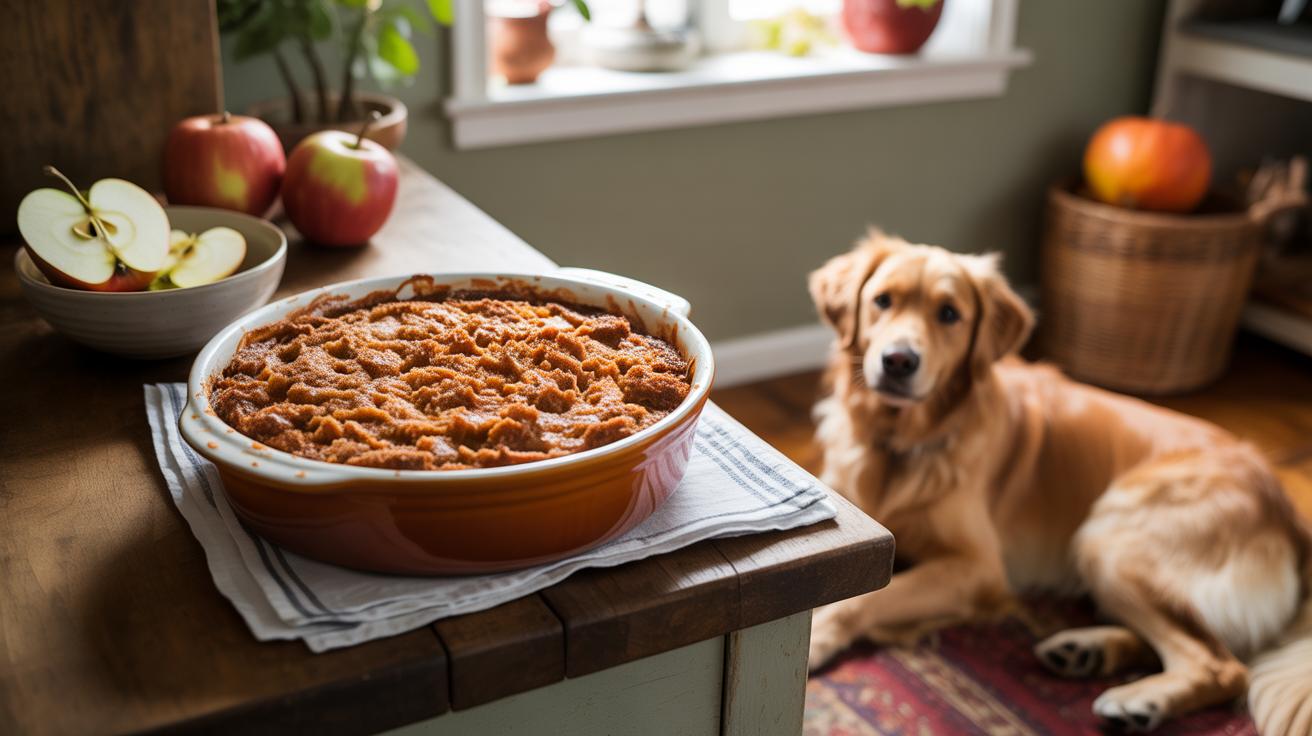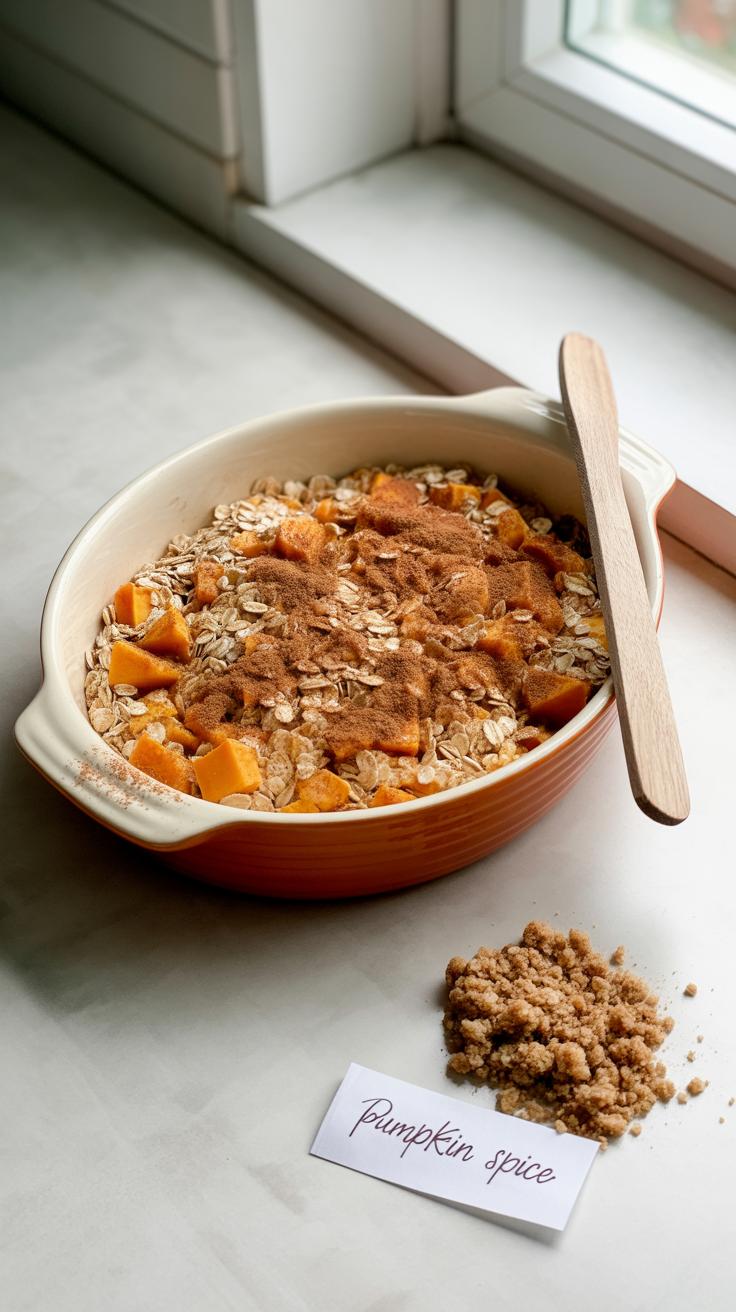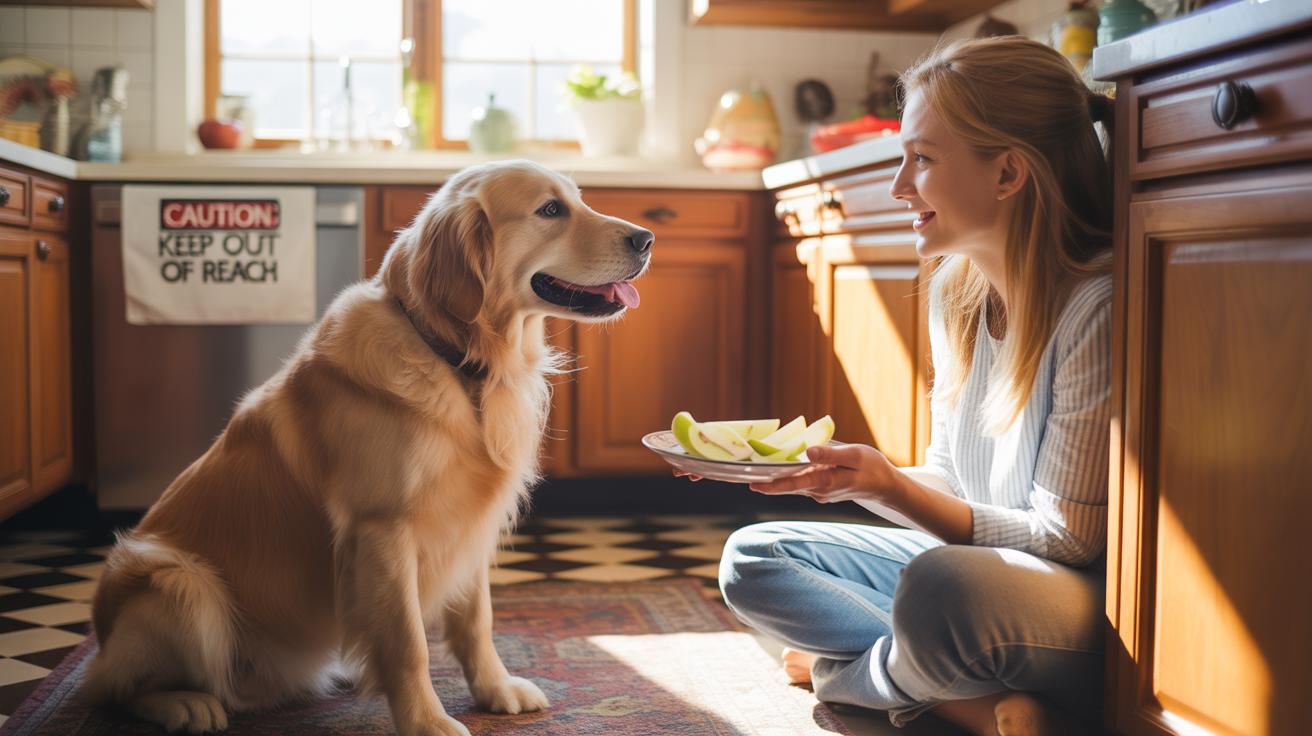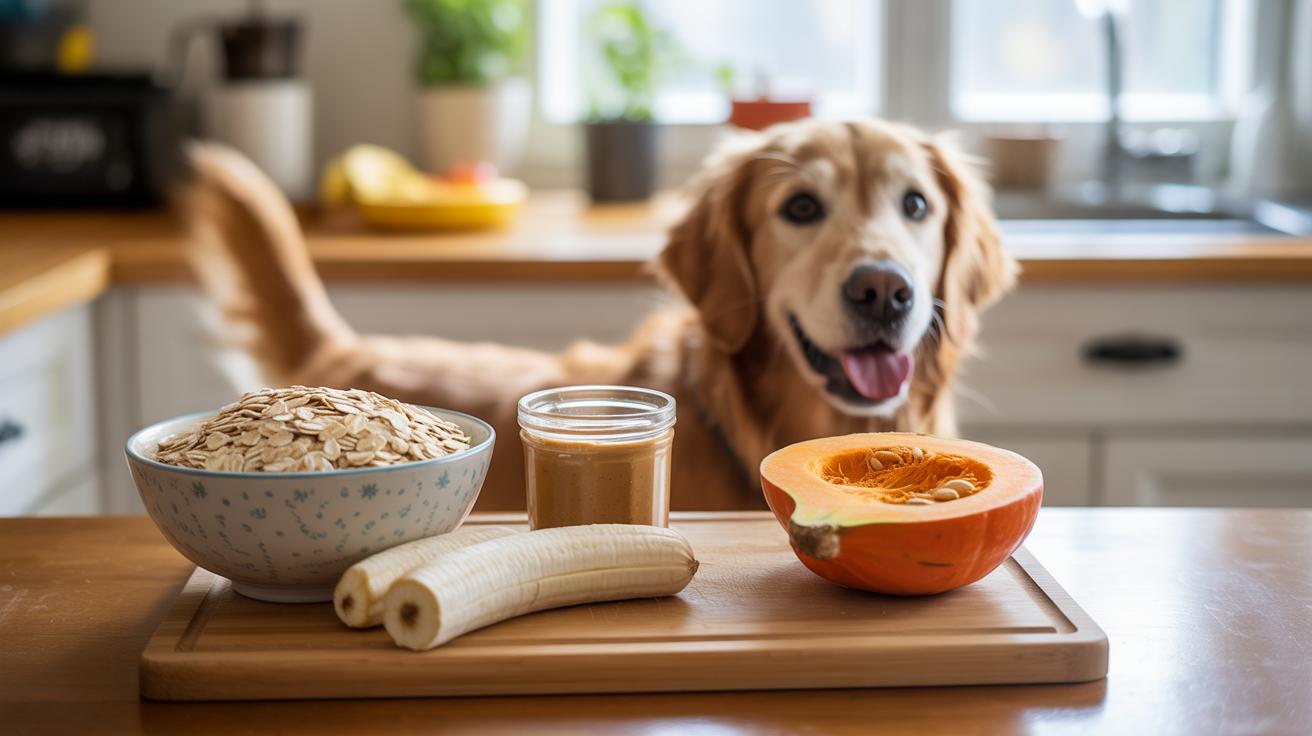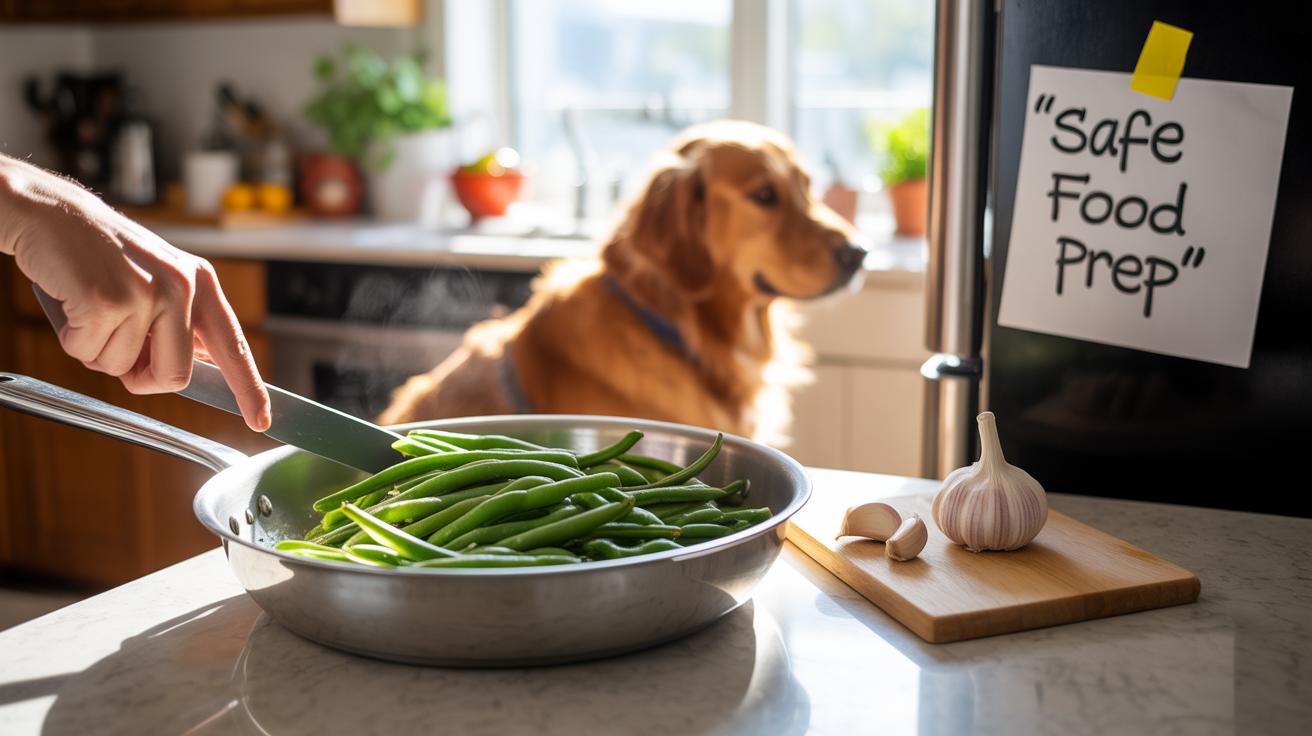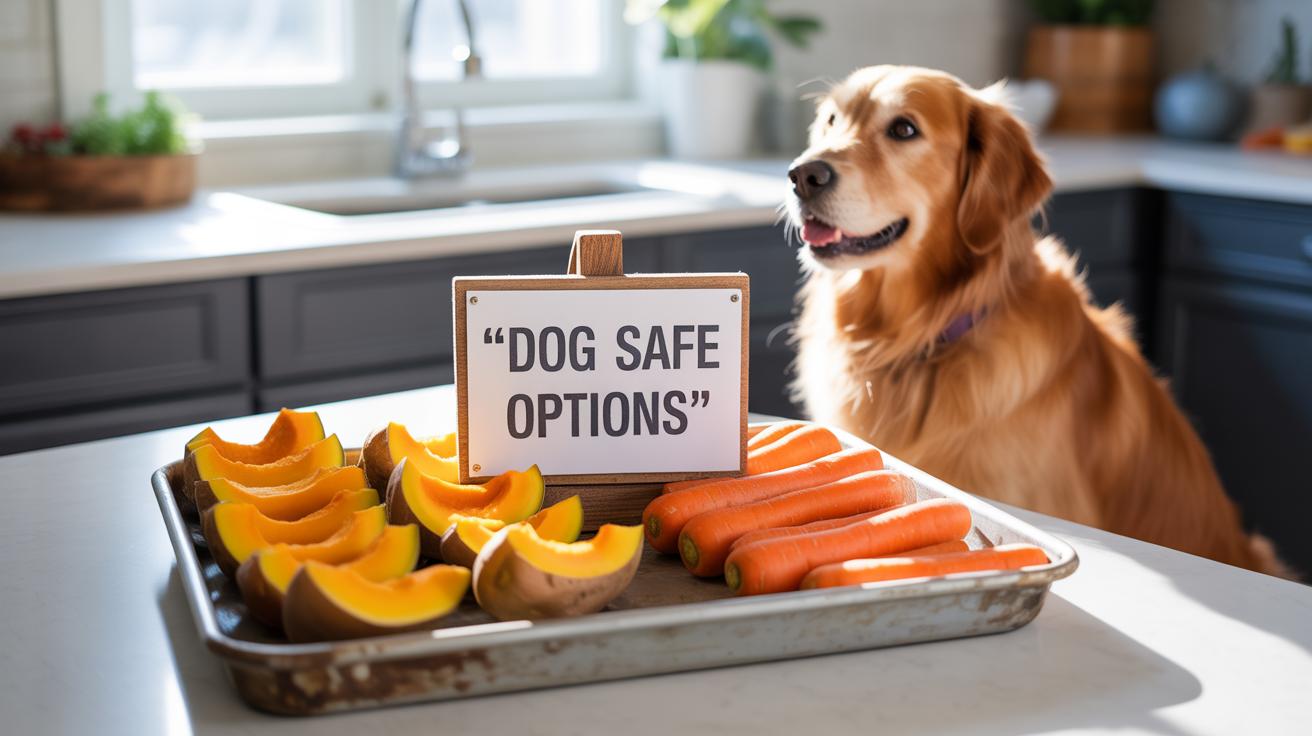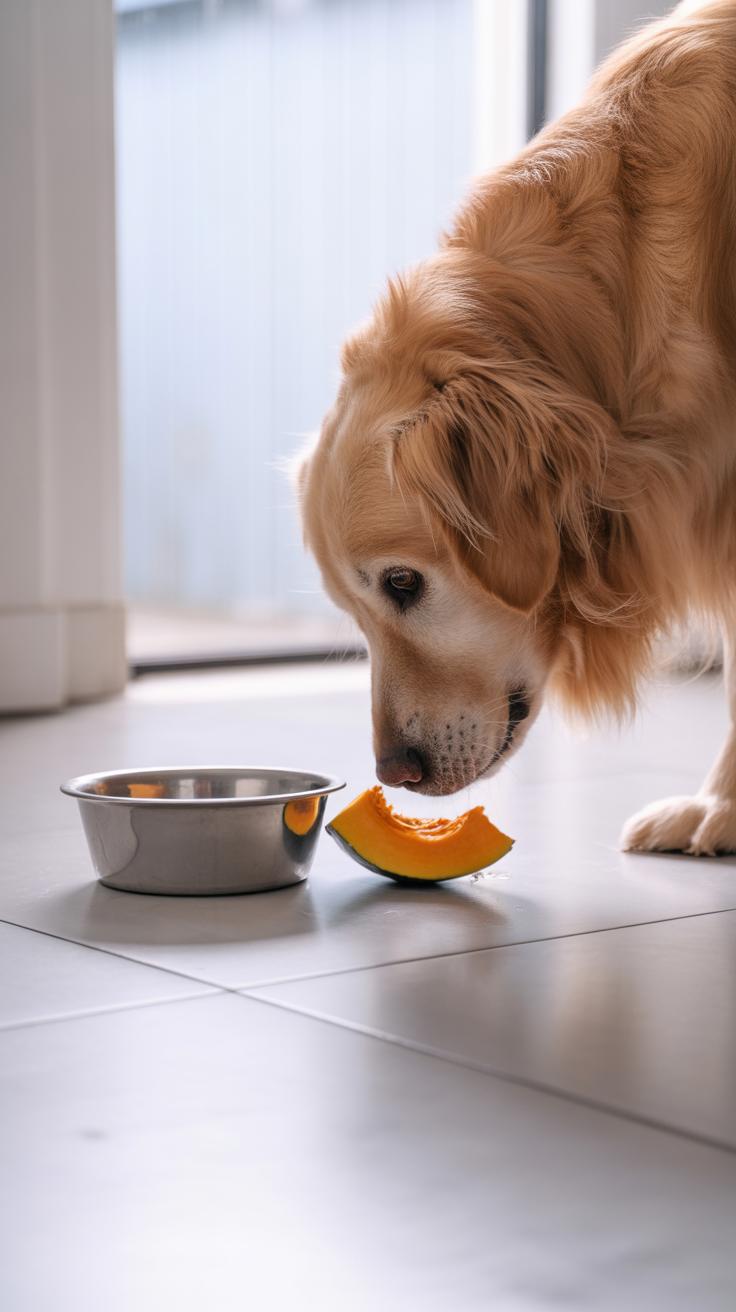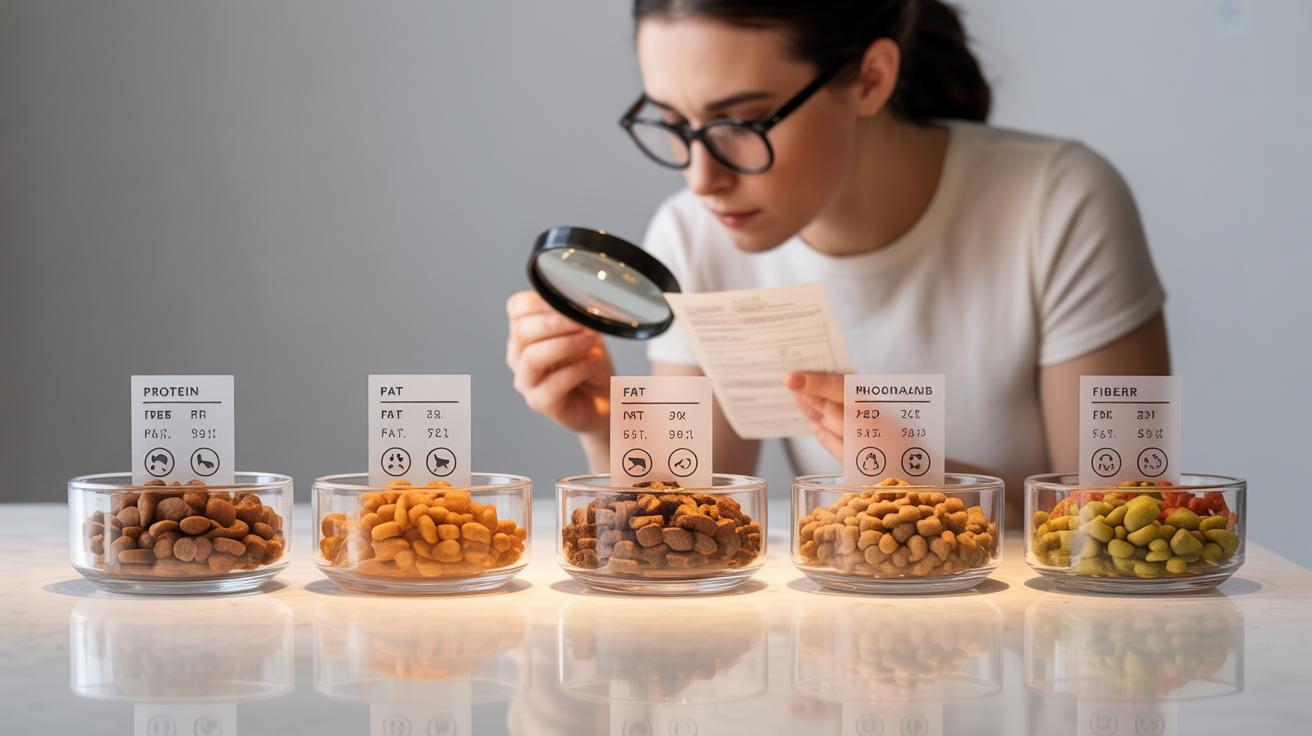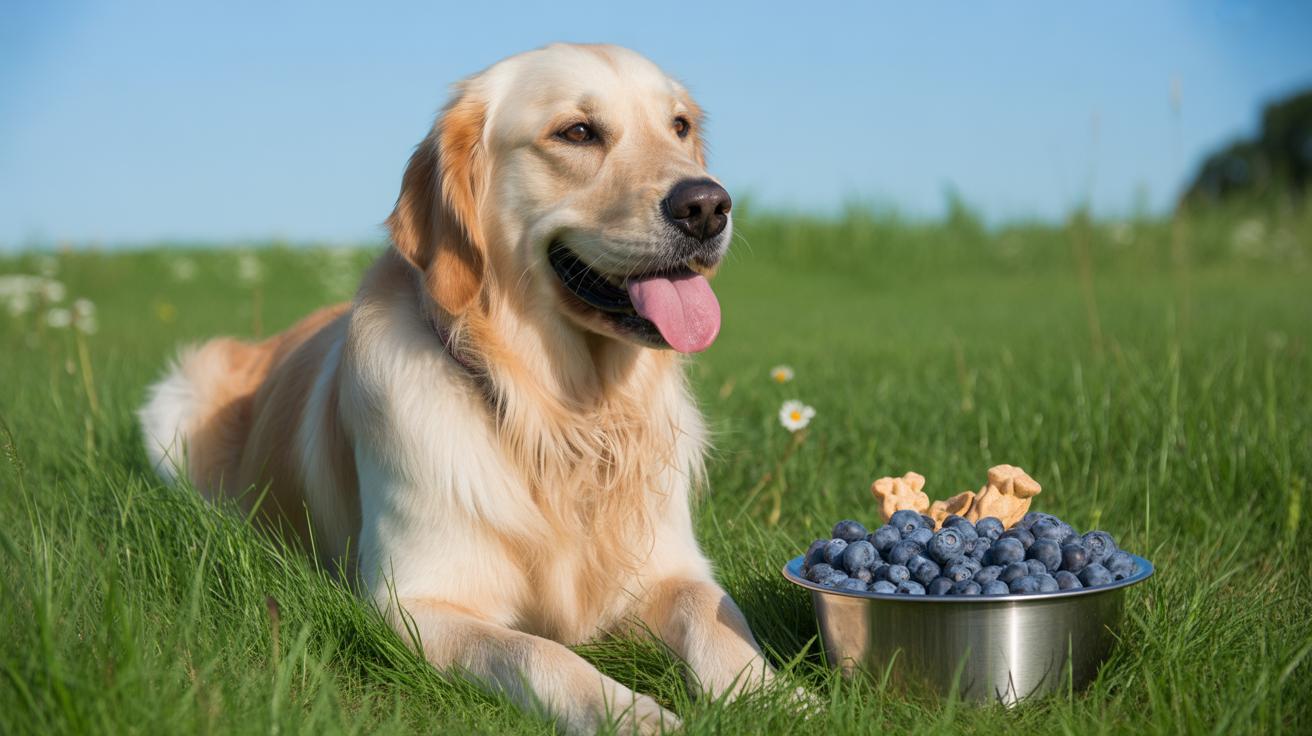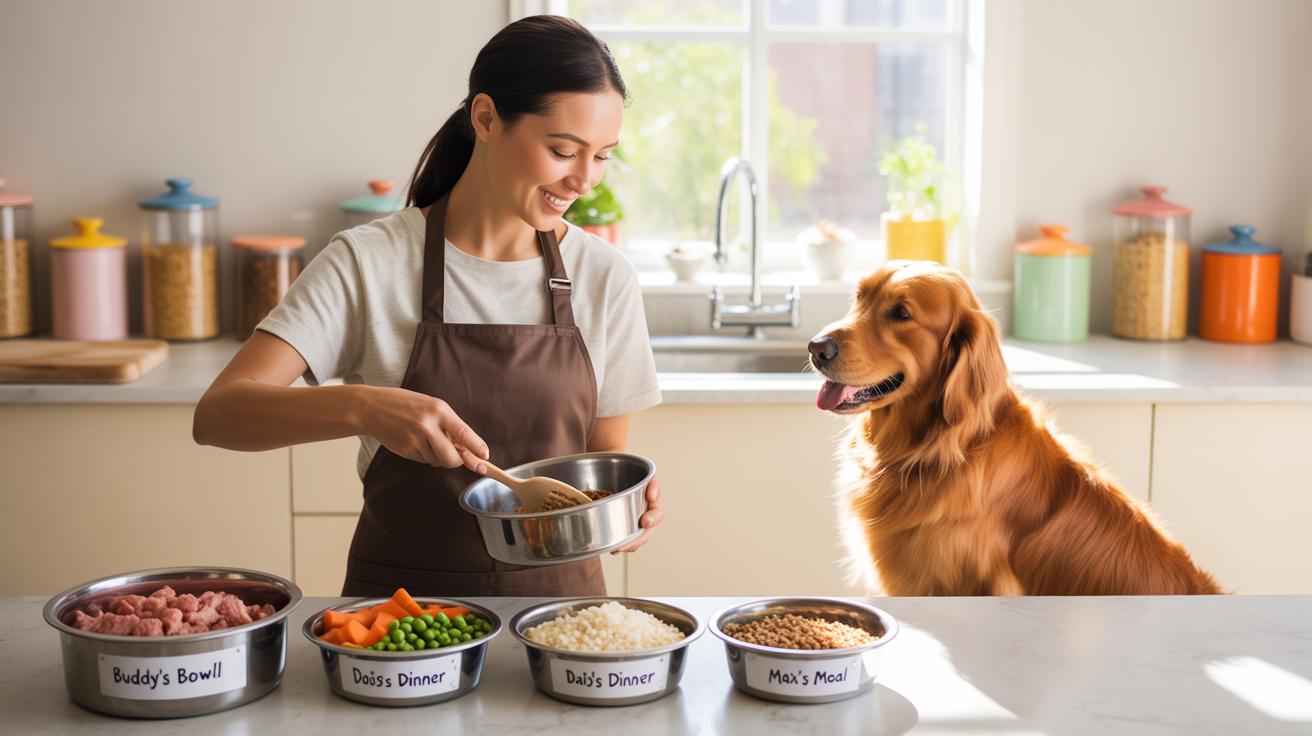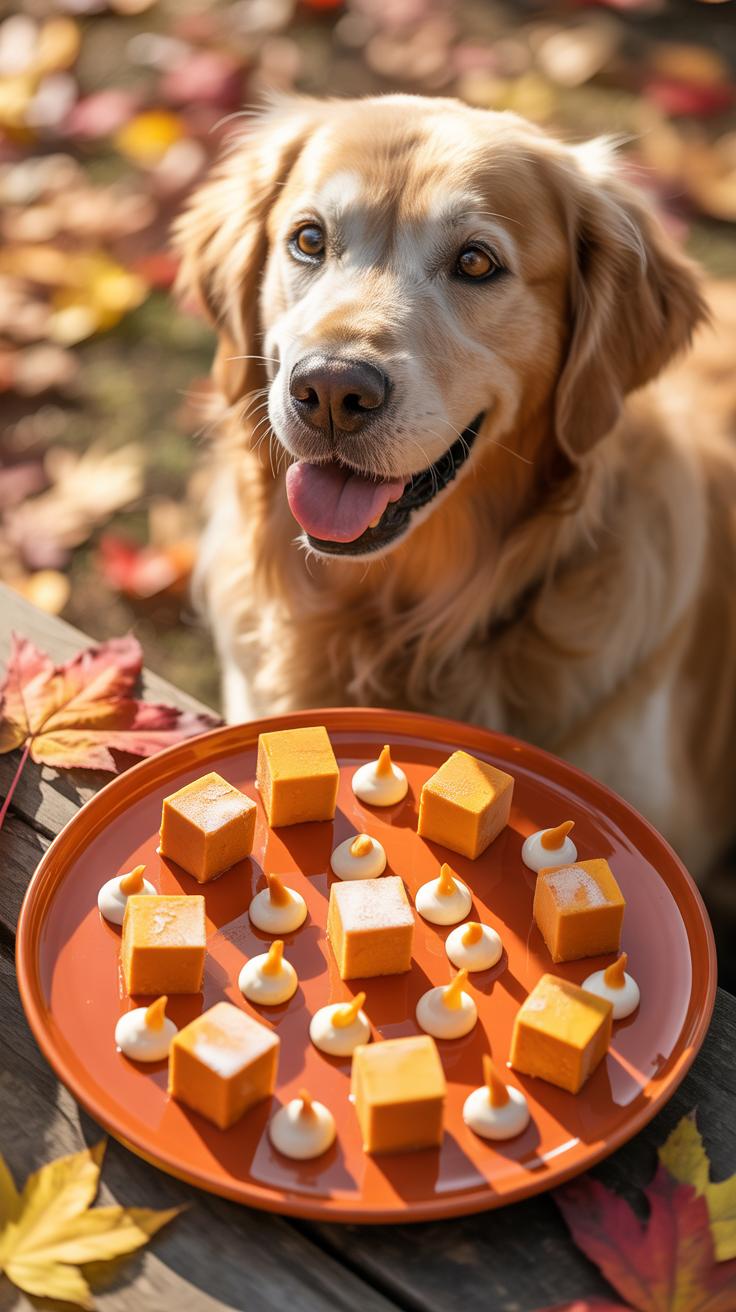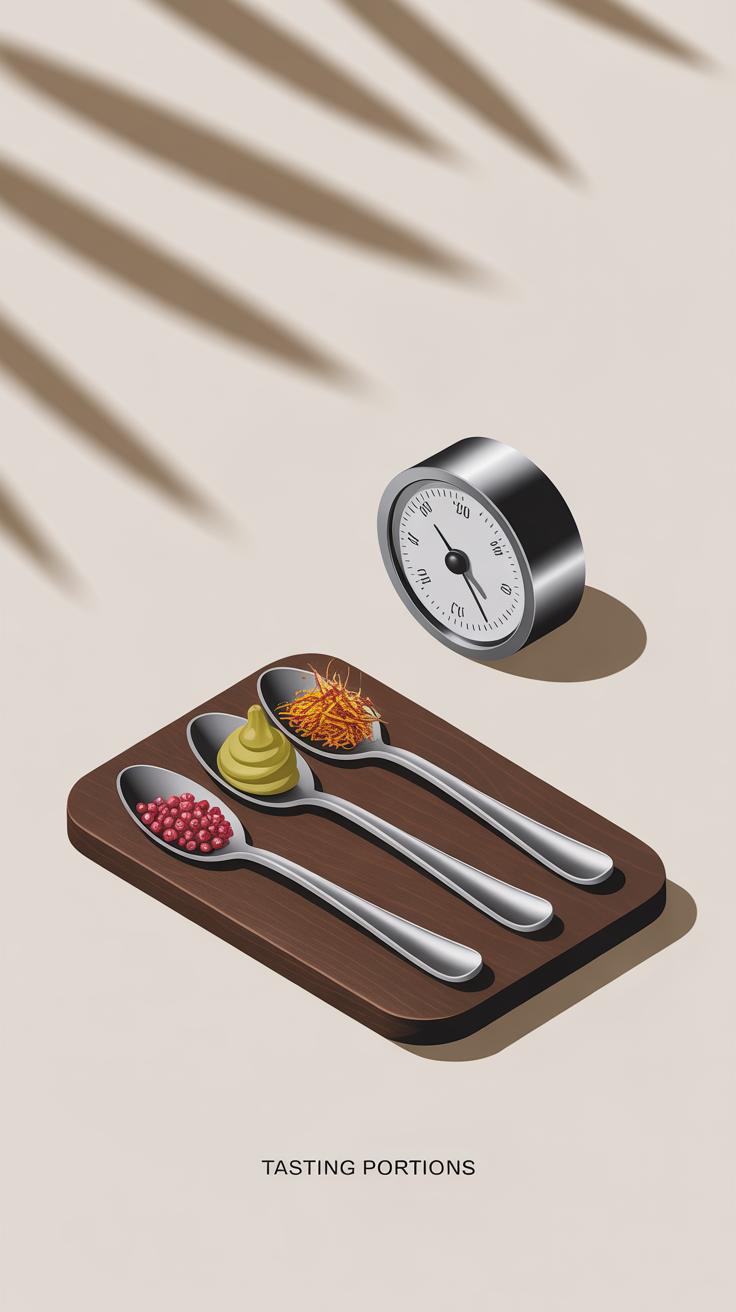Introduction
Fall brings delicious treats like pumpkin crisp, a popular dessert many love to enjoy during the season. If you are a dog owner who likes to share holiday foods with your furry friend, it’s important to know how to do this safely. Pumpkin crisp can be tasty for both humans and dogs, but some ingredients might not be safe for dogs.
This article looks closely at what pumpkin crisp is, which parts are safe or unsafe for dogs, and how you can share this fun fall dessert with your dog in a safe way. You will get helpful tips that keep your dog happy and healthy while letting you enjoy fall treats together.
What Is Pumpkin Crisp
Pumpkin crisp is a baked dessert that blends softly spiced pumpkin filling with a crunchy, oat-based topping. Think of it like a cousin to the more familiar pumpkin pie but with an added texture contrast that many find irresistible. The pumpkin is usually cooked down with sugar and warming spices — cinnamon, nutmeg, maybe a bit of ginger — and then topped with a mixture of oats, butter, and brown sugar before baking.
It’s become a go-to dessert in the fall, partly because pumpkins are in season and because the spices evoke that distinctive autumn feel. There’s something about the balance between the smooth pumpkin layer and the crumbly topping that keeps bringing people back. Perhaps it’s less formal than pie, easier to make, or simply that cozy texture combo that feels just right on a cool day.
The Main Ingredients in Pumpkin Crisp
Most pumpkin crisps share a handful of ingredients that come together simply but effectively:
- Pumpkin — often canned pumpkin puree, rich and creamy, providing the base for the filling.
- Oats — usually rolled oats make the topping hearty and a bit chewy.
- Sugar — both granulated and brown sugar appear, the latter adding moisture and a slight caramel note to the crust.
- Spices — cinnamon is the star, complemented by nutmeg, cloves, or ginger to deepen the flavor profile.
- Butter — helps bind the oat topping and adds richness.
These ingredients combine in a way that lets you taste each element clearly— the earthy pumpkin, the sweet, fragrant spices, and the crisp, buttery topping creating a satisfying mouthfeel.
Why Pumpkin Crisp Is a Fall Favorite
Maybe it’s the flavor mix, maybe the textures. Pumpkin crisp has a kind of nostalgia attached to it, but it’s also practical and approachable. The pumpkin’s natural sweetness pairs well with the warming spices, which, around this time of year, connects you to those early chilly nights and family gatherings.
The crispy topping contrasts nicely with the smooth pumpkin underneath, creating a pleasant surprise with each bite. It’s also less dense than a pie— lighter, easier to dish out, and you don’t need to fuss with a pie crust. The combination of sweet, spicy, moist, and crunchy feels like fall in a spoon. And, honestly, it’s hard not to want to have a second helping.
Have you ever noticed how some desserts just fit a season? Pumpkin crisp seems to do that, whether you’re serving it after dinner or bringing it to a casual get-together. There’s something simple but satisfying about it that keeps it on many fall menus year after year.
Is Pumpkin Safe for Dogs
Health Benefits of Pumpkin for Dogs
Plain pumpkin, the kind you find canned with no spices or additives, is generally safe for dogs to eat. Many dog owners actually incorporate it into their pets’ diets to support digestion and overall health. I found that when my dog had an upset stomach, a small spoonful of pumpkin helped settle things down surprisingly fast.
Pumpkin is rich in fiber, both soluble and insoluble, which can regulate your dog’s bowel movements—whether they’re dealing with constipation or diarrhea. It also contains vitamins A, C, and E, and minerals like potassium, all of which contribute to your dog’s immune system and skin health. The moisture content can aid hydration too, especially in winter when dogs drink less water.
How to Feed Pumpkin to Your Dog
Start slow—introduce pumpkin in small amounts to see how your dog reacts. I usually mix about a teaspoon into their food at first, then gradually increase to a tablespoon or so, depending on their size and tolerance.
Use plain, cooked pumpkin or canned pumpkin without any added sugar or spices. Fresh pumpkin should be cooked thoroughly and peeled. Avoid pumpkin pie filling, since it contains sugars and spices that could upset your dog.
Watch for any adverse reactions like vomiting or diarrhea. If your dog seems fine, you can make pumpkin a regular treat or supplement. But don’t overdo it—too much fiber can backfire and cause constipation or stomach upset.
It’s a simple, natural way to offer some nutritional support and variety. But, as with anything new, observe your dog carefully and keep their vet in the loop if you’re unsure or if health issues persist.
Common Pumpkin Crisp Ingredients Unsafe for Dogs
You might think pumpkin crisp is a harmless fall treat, but many of its common ingredients can actually pose risks to dogs. While pumpkin itself is often fine, the crisp usually contains extras that can be problematic. Think about sugar — dogs don’t process it well, and too much can lead to obesity or even diabetes over time. It’s a sneaky ingredient that’s easy to overlook because it’s just “dessert sugar.”
Then there’s cinnamon and nutmeg, popular spices in pumpkin crisp. Cinnamon in small amounts may seem okay, but in larger doses it can irritate your dog’s mouth and digestive tract. Nutmeg is more concerning; it contains compounds that can cause disorientation, rapid heartbeat, and even seizures in dogs. So, what’s a harmless spice to humans isn’t necessarily safe for pets.
Other spices like cloves or allspice sometimes sneak in recipes, and they too can be mildly toxic or cause stomach upset. Even natural sweeteners, such as xylitol, sometimes found in “sugar-free” variants, are extremely dangerous for dogs — they can cause hypoglycemia or liver damage.
It’s tricky because pumpkin crisp is tasty for us but can contain several ingredients dogs shouldn’t consume. If your dog happens to sample some, it’s probably not a disaster, but regular sharing could cause problems. Curious how to adjust your pumpkin treats so everyone enjoys them safely? That’s coming up next.
How to Make DogFriendly Pumpkin Crisp
Making a pumpkin crisp that’s safe for your dog means swapping out a few common ingredients. The traditional recipe often calls for sugar, cinnamon, nutmeg, and butter—some of which can upset your dog’s stomach or worse. You want to keep things simple without losing that cozy fall flavor that we all love.
Start by replacing sugar with a small amount of pureed pumpkin or mashed sweet potato to give natural sweetness. Instead of cinnamon and nutmeg, which can be irritants, mild ginger or a sprinkle of turmeric work better and are usually safe in small doses. For the crumble topping, swap out butter with coconut oil or a little unsweetened applesauce. These options are gentler but still add moisture and a touch of richness.
Here’s a basic dog-friendly recipe that I’ve found easy and surprisingly tasty:
- 1 cup plain canned pumpkin (no sugar or spices added)
- 1/4 cup cooked oats or rolled oats
- 1 tablespoon coconut oil or unsweetened applesauce
- A pinch of ginger powder (optional)
- 1/4 cup finely chopped apple (no seeds)
Mix the pumpkin with the apple and a bit of ginger, then top with oats mixed with the coconut oil. Bake it at 350 degrees Fahrenheit for about 15 minutes until the topping’s lightly browned. That’s it. Simple, less fuss, and safer for dogs.
You might wonder if they truly enjoy this version. From what I’ve seen, dogs seem to appreciate anything with pumpkin. Plus, it feels a bit better sharing a treat without risking tummy troubles or worse. And hey, if it’s a little different than the usual, that’s probably fine. It’s about the gesture, not recreating grandma’s exact recipe.
How to Safely Share Pumpkin Crisp with Your Dog
Offering your dog a bit of pumpkin crisp can be a nice way to include them in seasonal treats, but it’s easy to get carried away. Even if your recipe is dog-friendly, portion size really matters. Think small—just a tiny spoonful to start, especially if it’s their first time tasting it. You want to avoid overloading their system with unfamiliar ingredients all at once.
When sharing, a few practical steps can help:
- Give one or two small bites at most, instead of a whole chunk.
- Use a clean spoon or plate to prevent your dog from grabbing the entire dessert.
- Space out servings over different days rather than all at once.
After that, keep an eye on your dog’s mood and behavior. You might notice nothing at all, or maybe slight changes like sneezing or slight itching. Sometimes these reactions are subtle and can be easy to miss if you’re distracted. If you see any vomiting, diarrhea, or visible discomfort, stop feeding the treat and contact your vet.
It’s tricky because some dogs tolerate pumpkin crisp fine while others might develop sensitivities over time. So, watch carefully, and trust your gut if something feels off. Sharing holiday treats is lovely, but their health has to come first.
Signs a Dog May Have Eaten Something Harmful
Sometimes dogs manage to sneak a bite of pumpkin crisp when you’re not looking. It’s easy to overlook, but some ingredients in that dessert could spell trouble for them. If your dog eats something unsafe, the first signs often show up pretty quickly. Watch for vomiting or diarrhea—these are common reactions to many toxic or rich foods. You might also notice your dog becoming unusually tired or weak, almost like they’re out of sorts. Some pets get restless or pace nervously, which can be easy to miss if you don’t watch closely.
Other symptoms could include drooling more than usual or showing signs of abdominal pain, like whining or refusing to move. If your dog starts shaking or seems disoriented, it’s best not to wait. Small changes in behavior or appetite can sometimes be the first clues that something’s wrong. I remember once when my friend’s dog got sick after a Halloween party—initial vomiting turned into lethargy in just a few hours, and they rushed to the vet just in time.
Immediate Symptoms to Look For
Here’s what you should keep an eye on if you suspect your dog ate something from pumpkin crisp that didn’t agree with them:
- Vomiting or repeated retching
- Diarrhea, sometimes with blood or mucus
- Lethargy or unusual tiredness
- Loss of appetite or refusal to eat
- Excessive drooling or unusual thirst
- Abdominal pain or bloating
- Trembling, shaking, or loss of coordination
Not every symptom is a clear sign of poisoning, but if you spot several at once, it’s probably best to act.
When to Seek Veterinary Help
Wondering if it’s really necessary to call the vet? If your dog vomits once or twice and then seems fine, you might watch them closely for a few hours. But if symptoms worsen, or if your dog cannot keep water down, then reaching out quickly is wise. Also, don’t hesitate to contact a professional if you know your dog swallowed something that might be toxic—even if symptoms aren’t obvious yet.
When you call, have this info ready: what and how much they ate, how long ago it happened, and any symptoms you’ve noticed. It helps vets evaluate the situation faster and give better advice. I’ve learned that the sooner you communicate clearly, the better the outcome usually is. Waiting too long can sometimes turn a mild situation into a serious one.
Alternatives to Sharing Pumpkin Crisp
Maybe you want to celebrate fall flavors with your dog without risking their health by sharing pumpkin crisp. That’s a smart move, since the usual recipe often contains sugar, spices, and dairy—all things dogs don’t handle well. But don’t worry, there are plenty of other ways to include your furry friend in the seasonal festivities.
First, there are some good pumpkin-flavored dog treats available in stores. These treats usually use plain pumpkin puree, which many dogs love, and avoid harmful ingredients. Brands like Blue Buffalo, Wellness, and Natural Balance offer pumpkin-flavored biscuits or soft chews that your dog might enjoy. It’s kind of nice to have options ready-made, especially if you aren’t into baking or are short on time.
Alternatively, making your own pumpkin treats can be rewarding and safer. You could try simple recipes that mix canned pumpkin (without any spices or sugar) with oats and a bit of peanut butter to make soft cookies. Sometimes I bake these in small batches for my dog; they seem to like the texture and flavor. Another idea is freezing plain pumpkin puree in small molds to create a cool, fall-themed snack—easy and refreshing for the warmer days.
There’s a lot to explore beyond just keeping pumpkin crisp off the menu. Including your dog in the fall fun doesn’t have to mean sharing your dessert. Maybe your dog will be happier with a treat made just for them, even if it’s not quite as fancy to us.
The Role of Moderation in Sharing Human Foods with Dogs
When it comes to sharing pumpkin crisp or any human food with your dog, moderation plays a critical role. It’s tempting to give your furry friend extra bites, especially when they look so eager. But managing how much you offer can make all the difference. Even a few spoonfuls of pumpkin crisp can be delightful for your dog, but going beyond that may lead to problems you might not expect.
Feeding too much of these treats can bring on health issues like obesity—something many dog owners overlook. A few extra calories become a lot over time, especially since pumpkin crisp contains sugar and sometimes spices that can upset a dog’s stomach. I remember once sharing a bit too generously and later regretting it when my dog experienced mild digestive discomfort. It’s a fine balance, really.
Keeping treats like pumpkin crisp in check means you’re respecting your dog’s primary diet, which usually provides the nutrients they need. I try to think of treats as little bonuses that complement their regular meals rather than replace them. If you’re careful to reduce their normal food slightly when giving a treat, it helps maintain a healthy overall intake. It’s not always easy, but it’s definitely worth the effort, especially during the fall when these temptations are everywhere.
So, ask yourself: how often do you really want to share human desserts with your dog? And how much can they actually handle safely? Being mindful about those questions can keep your dog healthy and happy while still letting you enjoy the season together.
Enjoying Fall Treats Together Safely
Sharing autumn desserts like pumpkin crisp with your dog can be a warm, bonding experience during the fall season. But this doesn’t mean you should just hand over a forkful without a second thought. It’s about finding a way to enjoy these treats together, keeping your pet’s health in mind. Pumpkin itself is usually safe for dogs in small amounts, but the sugar, spices, and buttery topping in pumpkin crisp can complicate things. So, the key—really—is to keep portions tiny and occasional.
Maybe try giving your dog a plain spoonful of cooked pumpkin from the dessert, avoiding the crunchy topping and spices. You might be surprised how often they enjoy that simple flavor. Still, watch for any unusual reactions afterward, as every dog is different. This approach keeps fall moments shared but cautious.
Besides food, think beyond just desserts. Some small play rituals or walks together after enjoying pumpkin crisp can make the season festive for your dog without relying on treats. After all, isn’t the whole idea to celebrate in a way that’s safe and meaningful for both of you?
Conclusions
Sharing pumpkin crisp with your dog can be a joyful experience if you follow simple safety steps. Knowing which ingredients in pumpkin crisp are safe for dogs helps you avoid health risks. Always check the recipe and watch out for harmful ingredients like sugar, spices, and nuts before giving your dog a bite.
With good care, you and your dog can enjoy fall desserts without worry. You can prepare dog-friendly versions of pumpkin crisp or modify small servings to share safely. Keep your dog’s health first, and enjoy the season’s special treats together in a fun and safe way.

